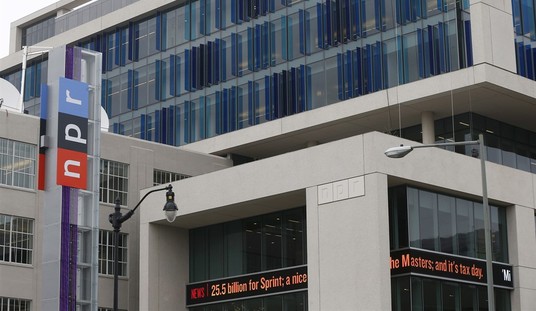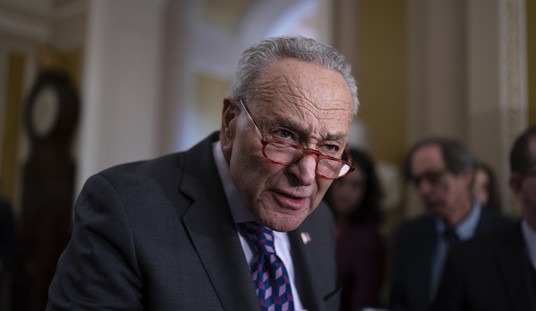The stock market is making things awfully uncomfortable for short sellers. The S&P 500 rose 11% in the fourth quarter of 2011, and is up another 5% this month. That mini-rally has pushed up a number of heavily-shorted stocks, and if history is any guide, a further market rally may cause short sellers to throw in the towel and simply stop "fighting the tape."
If that happens, then some of the most heavily-shorted stocks could be among the market's biggest gainers in the weeks ahead.
By covering a short position, short sellers need to buy back the stock they borrowed, creating its own form of buying pressure. That appears to be what's happening with heavily-shorted retailer Sears Holdings (Nasdaq: SHLD) right now, and Saks (NYSE: SKS) may be the next retailer to benefit from a robust short squeeze. The short interest in Saks rose from 31.5 million shares in the middle of December to 33.3 million shares at the end of the year, representing 15 days' worth of trading volume.
Why so bearish?
I spent a considerable amount of time figuring why short sellers think Saks is ripe for a fall, and it's still a bit of a mystery to me. There are a few issues that short-sellers may be focusing on, but they appear mistaken in their assumptions. Here's a rundown of what they may be thinking and why I think they're wrong...
1. False hopes of a buyout
Short sellers may be focusing on the fact that some investors are hoping to profit from a buyout of the luxury retailer.
In the middle of August, Mexican billionaire Carlos Slim announced that he had bought another 620,000 shares of the retailer, pushing his stake up to 26.2 million shares, or 16% of the whole company (at almost $10 per share, that's a stake of about $262 million).
Recommended
Was that purchase a prelude to a full buyout? Probably not, but short sellers continue to suspect that there are many investors pushing the stock up in hopes of a buyout anyway. Five months later, this has become old news and should not be a focus for short-sellers.

2. Economic fears will hammer sales
As the crisis in Europe deepened last fall, it was fair to wonder if this high-end retailer would see a big drop in store traffic. After all, a banking crisis in Europe could easily affect the most affluent spenders (many of whom travel over from Europe for shopping sprees) even more than lower and middle-income spenders.
That appeared to be the case when Saks announced that same store sales rose just 1.8% in October, roughly half the rate analysts had been expecting. Yet that same metric soared to 9.3% the next month, well ahead of the 5% forecast, which should have caused short-sellers to run for cover. Instead, they've stuck around only to find that December same-store sales rose a solid 5.8%. Equally important, the retailer managed to clear out most of its inventory last month and didn't need to sharply discount merchandise this month to clear the shelves.
3. Retailers are increasingly desperate to lure shoppers
A number of retailers became very aggressive in 2011, holding all kinds of sales to keep customers' interest. Those sales can crimp gross margins because the markdowns eat into whatever profit spread the retailer hoped to make. Yet in its most recent quarter, Saks generated 44.2% gross margins -- the highest rate in nearly 20 years. Gross margins are likely unsustainable at that peak, but should stay healthily above the 40% mark in the quarters to come.
4. The stock is expensive
Short sellers may be focused on the fact that Sakes trade for 25 times profits for the fiscal year that ends this month. A multiple of around 20 times the coming year's projected profits is also a bit rich. Yet this stock is actually quite inexpensive by a pair of other measures. Shares currently trade for around six times projected fiscal (January) 2013 EBITDA, on an enterprise value basis.
Measured another way, Saks generated $162 million in free cash flow in fiscal (January) 2011 and likely generated an additional $130 million in free cash flow in fiscal 2012. By that math, shares sport a trailing free cash flow yield above 10%. That's usually a number reserved for deep value stocks.
In fact, Saks' Board of Directors figures the stock is intrinsically undervalued as well. The company spent almost $30 million in the fiscal third quarter on a stock buyback and is expected to keep buying at that pace in current and future quarters, especially while shares remain below $10. Sakes also paid off $168 million in debt last quarter, thanks to the prodigious free cash flow.
The upside
So what is this stock worth? Goldman Sachs has a price target of $11, implying only modest upside. They figure Saks should be valued at around seven times forward EBITDA. Merrill Lynch sees 30% upside to around $13, using a slightly higher target EBITDA multiple of eight. Citigroup suggests a similar EBITDA multiple is appropriate, but has higher forward projections, and has a $14 target price.
Risks to Consider: Short sellers' fears of a major slowdown in retail spending may still happen. The European crisis is not yet resolved, and the continent's most affluent segment could throttle back spending in 2012. In the United States, consumer confidence remains tepid and could always sink to fresh lows in the face of another economic shock.
Action to Take --> The analysts' price targets noted above simply imply where this stock deserves to trade. Yet short squeezes can take on a life of their own, and shares could end up even higher than those target prices if that happens. That's the bet you're essentially making if you decide to buy this stock. Still, it would be wise to book profits if the short squeeze kicks in, as even long-focused investors would likely become sellers if shares moved up into the low teens.
[Note: If you haven't about this unique opportunity, then I want to tell you about it now. StreetAuthority has staked me with $100,000 of real money to invest in my absolute best ideas. For a limited time, you'll be able to follow along with me completely free. Go here to learn more.]
David Sterman does not personally hold positions in any securities mentioned in this article.
StreetAuthority LLC does not hold positions in any securities mentioned in this article.
This article originally appeared at www.streetauthority.com.
























Join the conversation as a VIP Member